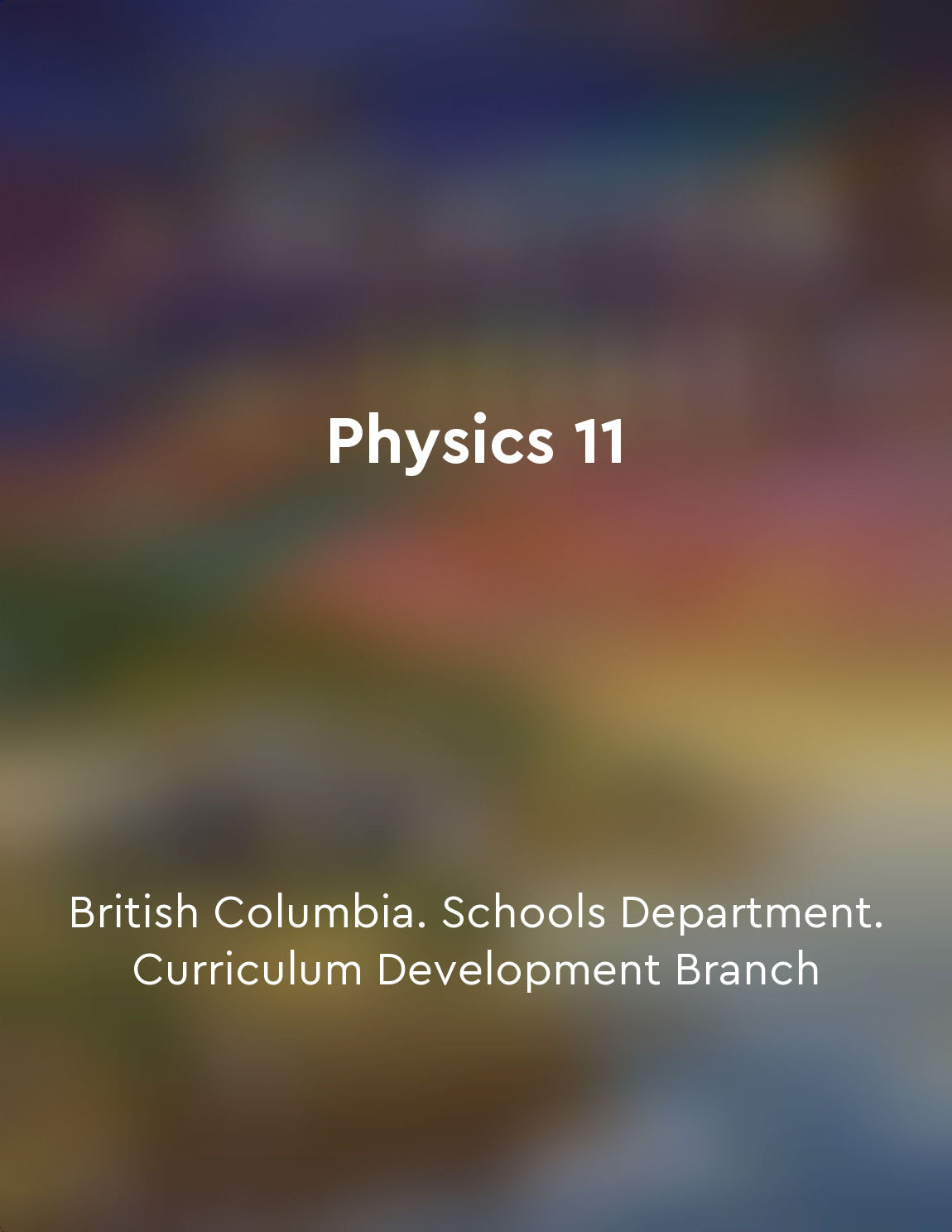Heat is a form of energy transfer that occurs spontaneously from hot to cold objects from "summary" of Physics 11 by British Columbia. Schools Department. Curriculum Development Branch
Heat is a form of energy that can be transferred from one object to another. This transfer occurs spontaneously from hot to cold objects. When two objects at different temperatures are in contact, heat will flow from the hotter object to the cooler one. This movement continues until both objects reach thermal equilibrium, where their temperatures are equal. The transfer of heat is a natural process driven by the tendency for systems to reach a state of equilibrium. The direction of heat transfer is always from hot to cold objects. This is because heat naturally flows in the direction that tends to equalize the temperatures of the objects involved. When hot and cold objects are in contact, the faster-moving particles in the hotter object collide with the slower-moving particles in the cooler object, transferring energy in the form of heat. As a result, the hotter object loses energy (and thus cools down), while the coole...Similar Posts
Electric fields and magnetic fields interact to produce electromagnetic waves
The interaction between electric fields and magnetic fields is a fundamental concept in physics that gives rise to electromagne...

Thermal energy is the energy of moving particles within a substance
Thermal energy is a fundamental concept in understanding the behavior of substances. It is the energy associated with the rando...
Work can be done on or by a system
When considering the concept of work in thermodynamics, it is important to understand that work can be either done on a system ...

Electric charge is a fundamental property of matter
Electric charge is a fundamental property of matter that plays a crucial role in the interactions between particles. In the wor...
